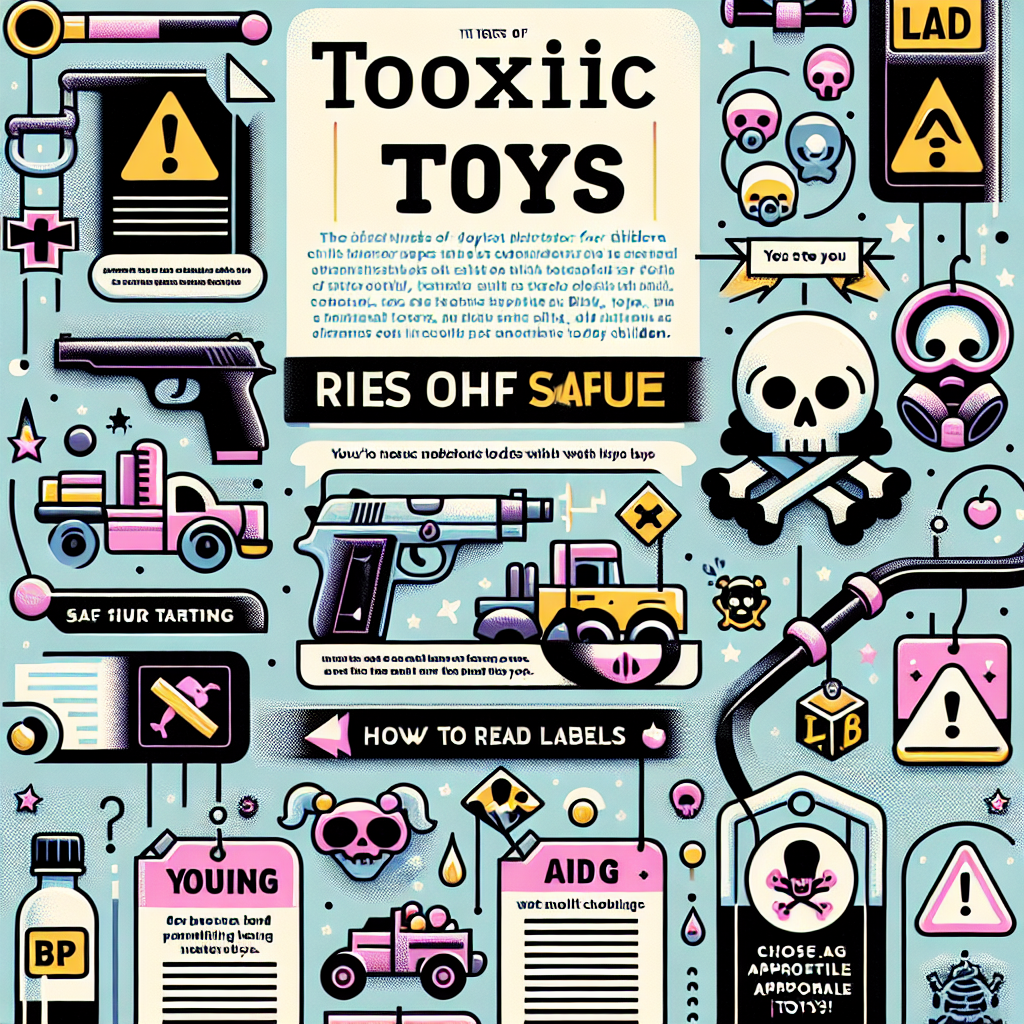Child Development: A Complete Guide to the Essential Stages
Children are in constant transformation and each stage of their development comes with challenges and rewards. This guide is intended to provide you with the information you need to successfully navigate these stages. It is crucial to be aware of which toys may be toxic or dangerous to them and how we can avoid them.
Understanding Child Development Stages
Every child is unique, but there are certain general milestones that we can expect in the first years of life. These include motor, verbal and emotional development. For example, a one-year-old child should be able to walk by holding on to objects, and by age three, most children develop the ability to communicate and understand language. Understanding these stages allows you to choose the right toys to stimulate development in a safe and effective way.
The Risks of Toxic and Dangerous Toys
An often ignored topic is the presence of toxic or dangerous toys in our children's lives. Many toys contain harmful chemicals or small parts that can pose a choking hazard. Toys made of PVC can release phthalates, which are chemicals linked to hormone disruption. Also, toys with sharp parts or that can be easily broken into small pieces are not recommended as they may cause injury or be swallowed.
How to Identify Safe Toys
Buying safe toys involves more than just checking the age label. It is important to read labels to identify safety alarms and verify that the product complies with safety standards. Look for toys that are BPA, phthalate and PVC free. It is also essential to check the integrity of the toy regularly to ensure that no small or sharp pieces have formed.
Choice of Toys in Function of Developmental Stage
Choosing toys that are appropriate for your child's developmental stage can be a great challenge for parents. For newborns and infants, toys should be soft and have bright colors that stimulate vision. As the child grows, you need to give them toys that develop their fine motor skills, such as building blocks or puzzles.
Long-Term Effects of Exposure to Toxic Toys
Exposure to toxic toys can have long-term effects on a child's health. The dangerous chemicals in these toys can lead to health problems, including developmental and respiratory problems. That is why it is crucial that we are vigilant about the choices we make for our children and take the necessary steps to limit exposure to such risk.
Recommendations and Alternative Solutions
Parents, there are solutions! Choosing eco-friendly toys or those made from natural materials such as wood or natural rubber can have a positive impact. Not only are they safer for your child, but they're also better for the environment. There are also many organizations and websites that provide lists of toys recognized as safe.
The Importance of Monitoring Toy Safety Recommendations
It's vital to keep up to date with the latest toy safety news and advice. Regulatory organizations such as the European Commission provide updates and warnings about unsafe products. By following these recommendations, we can ensure that the toys our children play with will not pose health risks to them.
Conclusion
Child development is an extraordinary journey, and as parents, we are responsible for ensuring that it is as safe and joyful as possible. By consciously choosing toys and avoiding toxic or dangerous ones, we not only protect our children's health, but also give them the best chance to grow and develop in the most appropriate way. Don't forget to subscribe to our newsletter for more tips on how to create a safe and stimulating environment for children!














































































































































